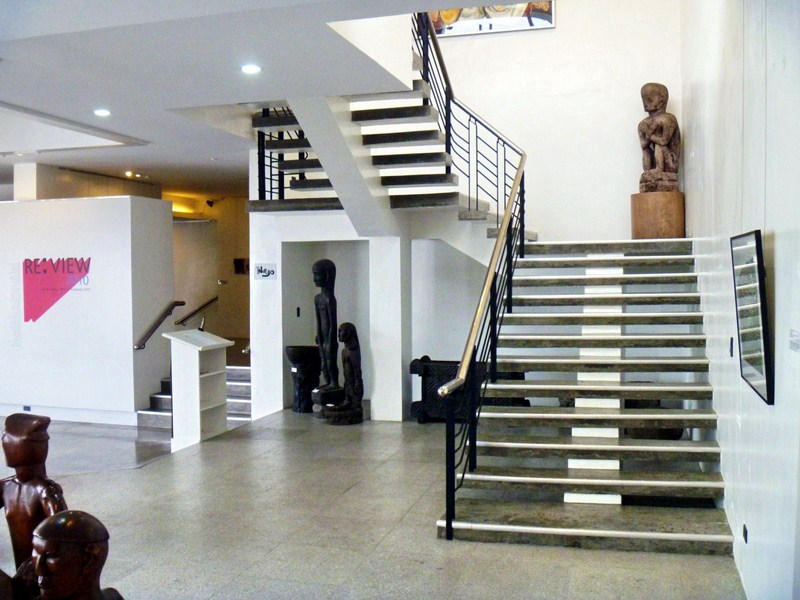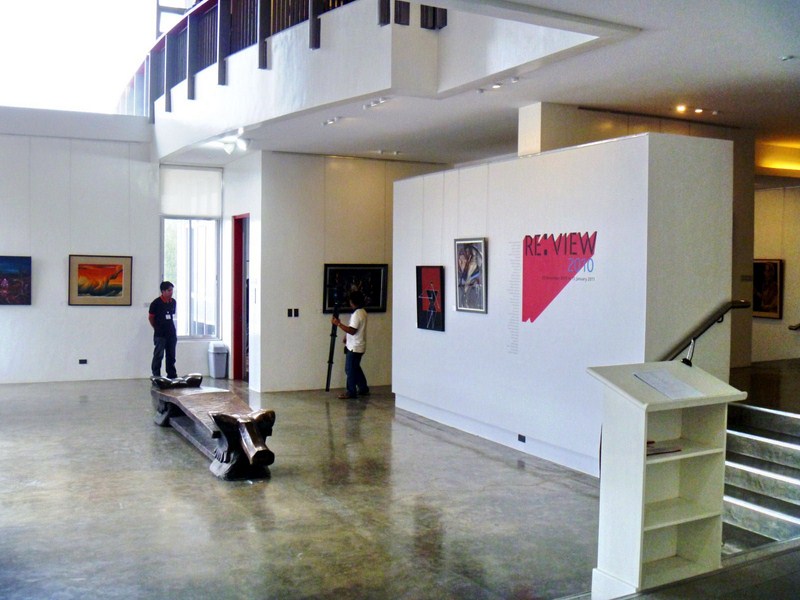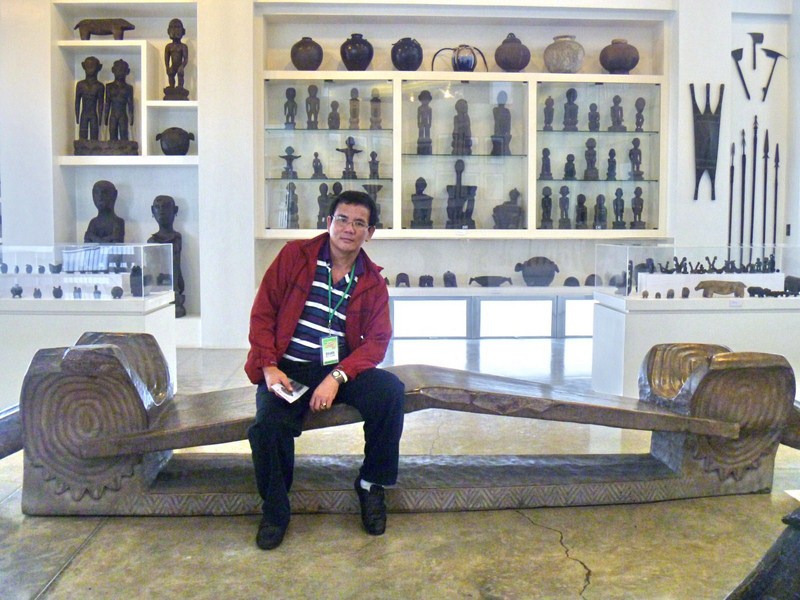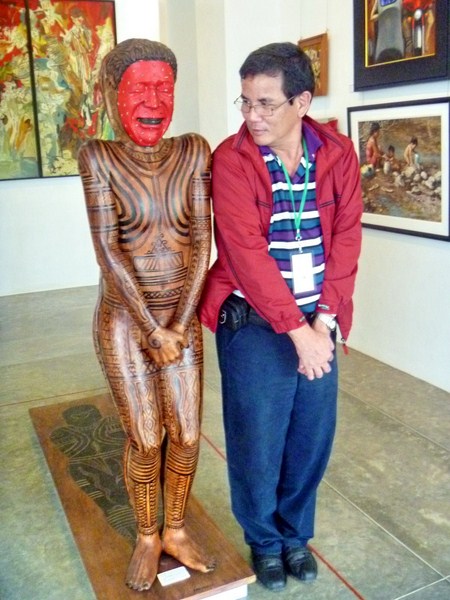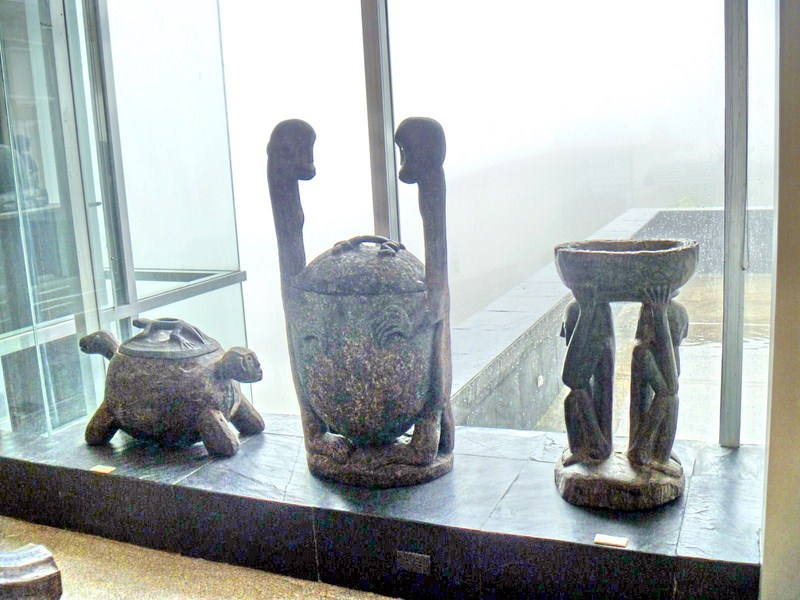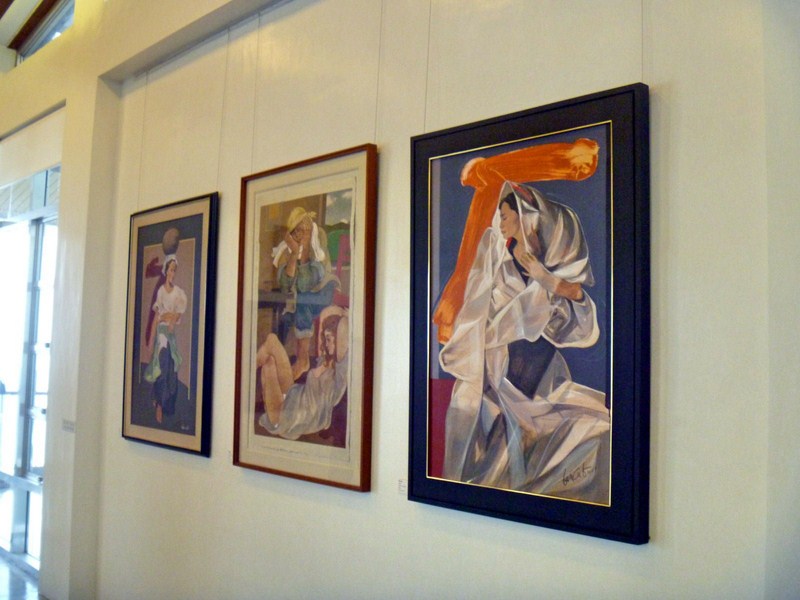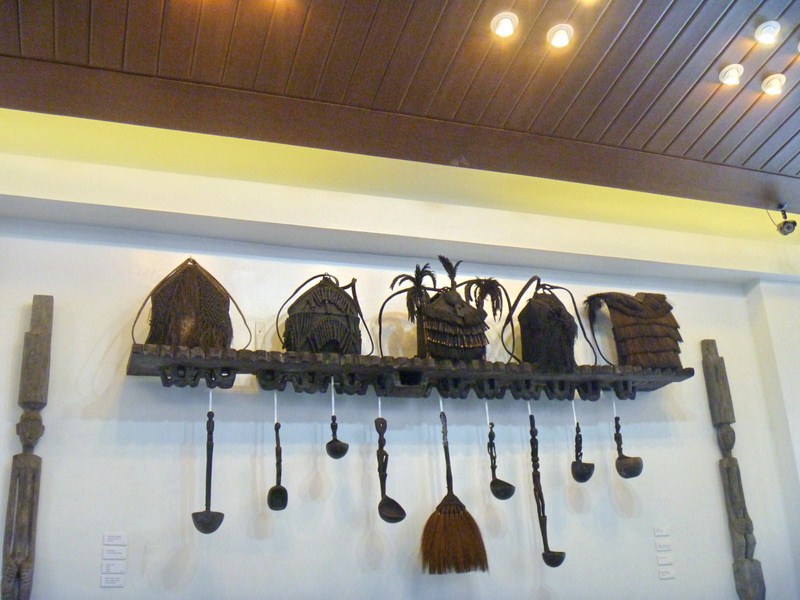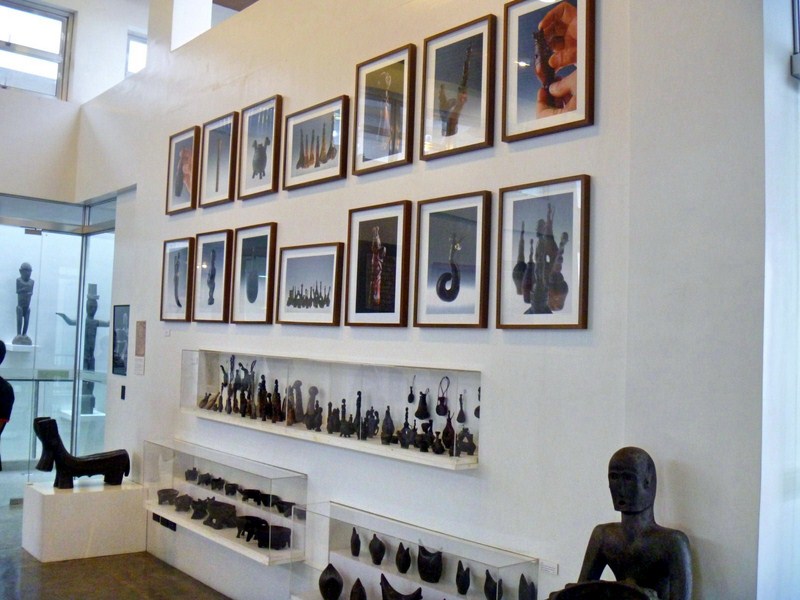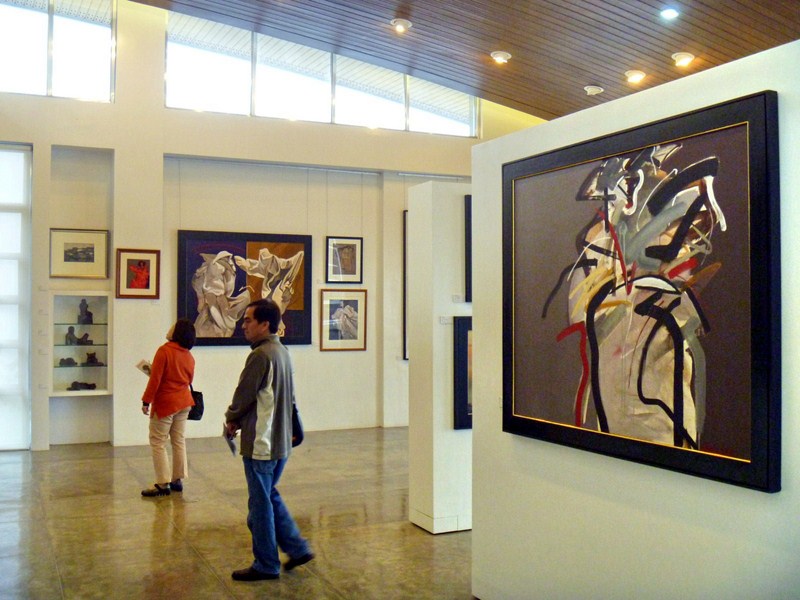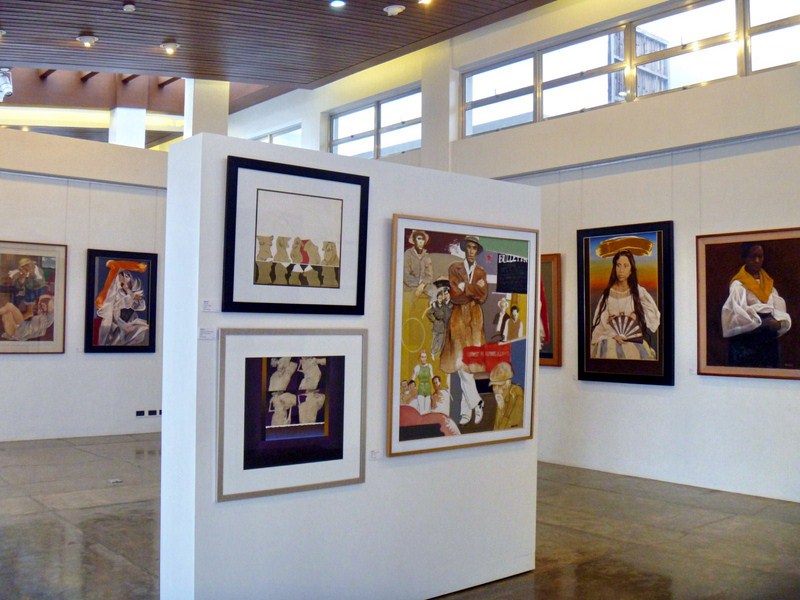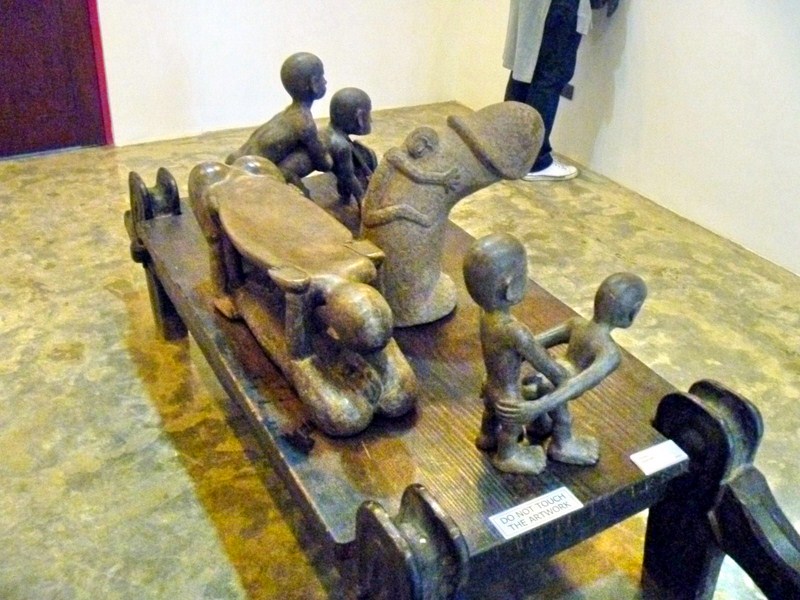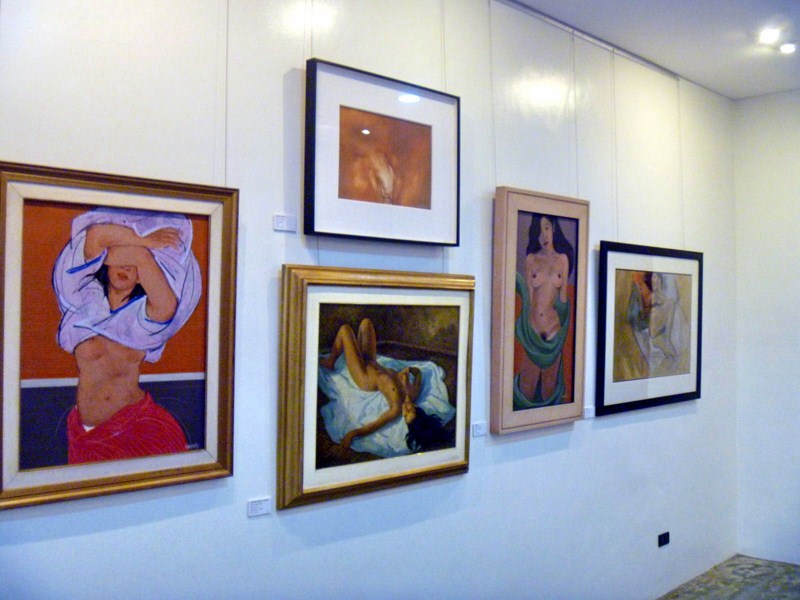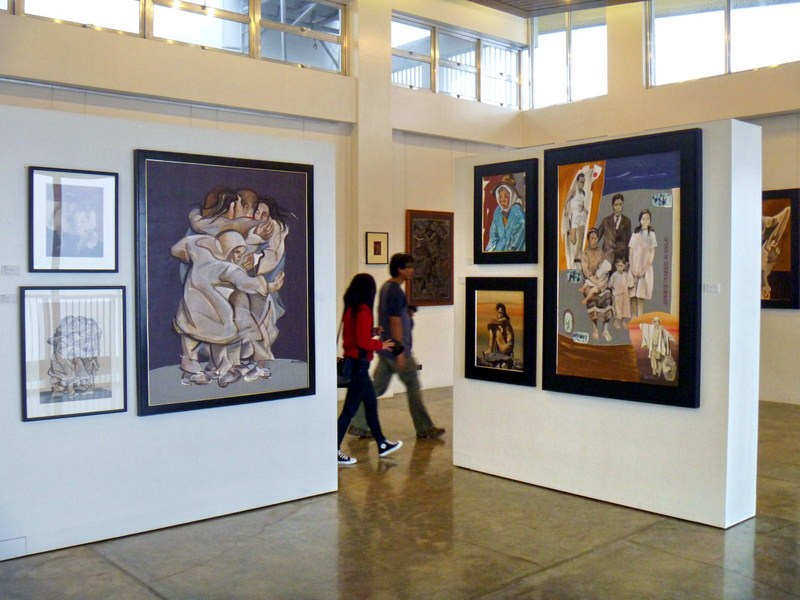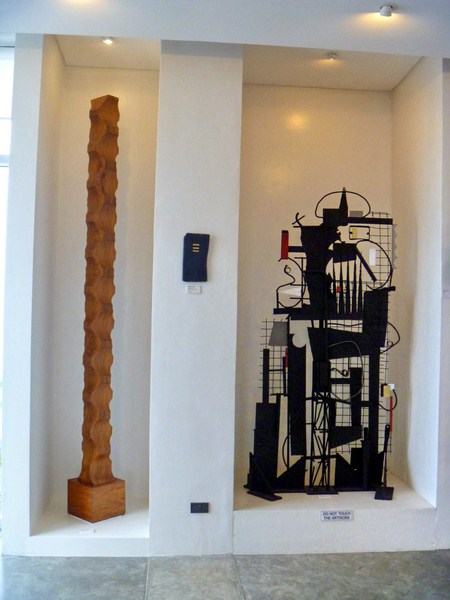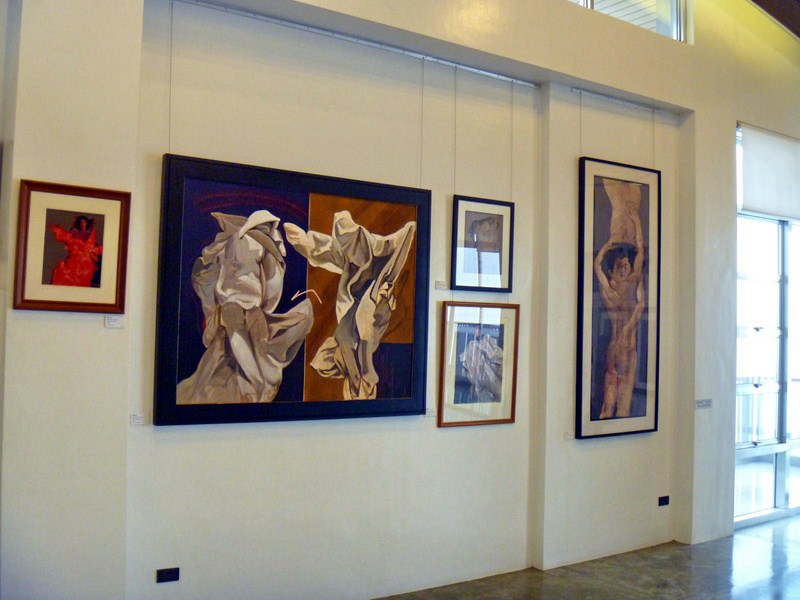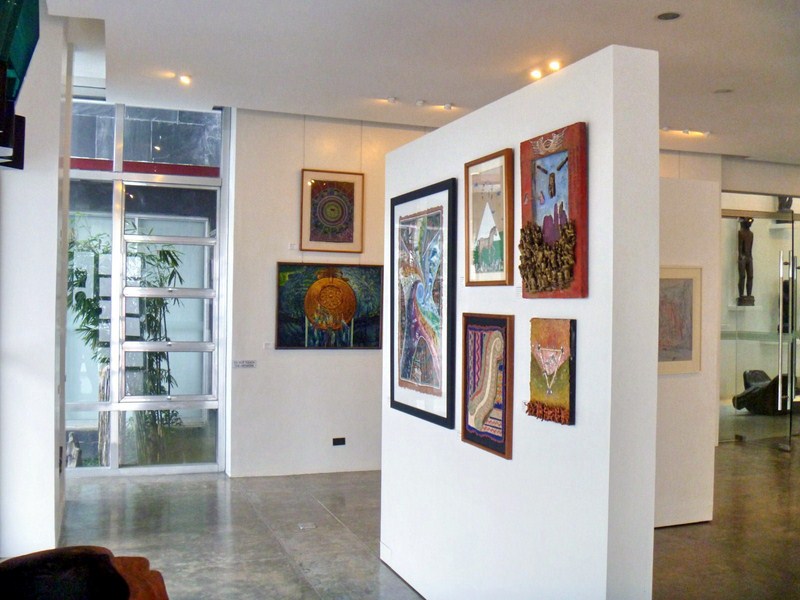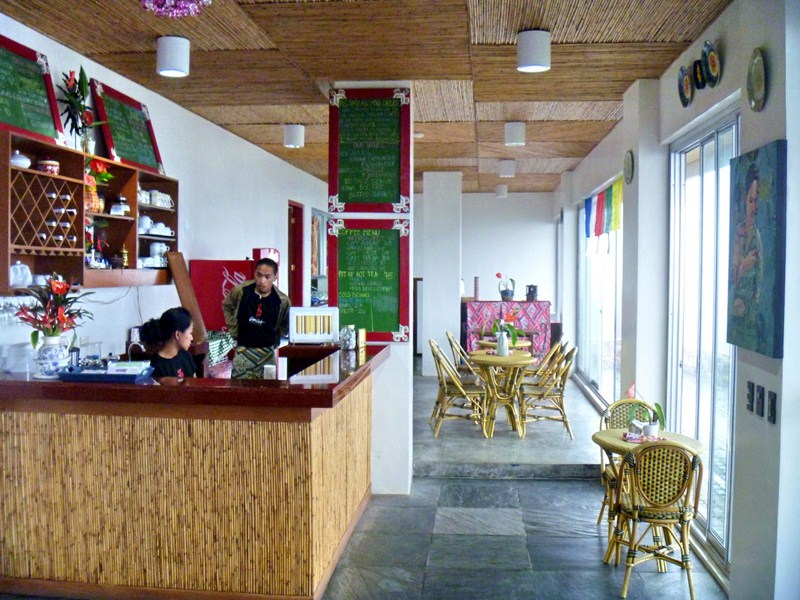From the Tejeros Convention Site in Rosario, Jandy and I were back on the road again, this time proceeding to the next historical town of Tanza and on to its church and convent. Over a hundred years ago, Gen. Emilio Aguinaldo also followed our lead, proceeding, after his election as President of the revolutionary government in Tejeros, the day before, to the hall of the town’s 2-storey parish convent (now called the Panumpaang Bayan or Oath Taking Hall), built in the 1860s.
| Parish Convent Hall (Panumpaang Bayan) |
Here, around 8 PM on March 23, 1897, Gen. Aguinaldo and Gen. Mariano Trias took their oath of office in a solemn ritual, before Fr. Cenon Villafranca, as President and Vice-President, respectively, of the revolutionary government that replaced the Katipunan. The next day, around 1 AM, Pascual Alvarez (as Director of the Interior), Severino de las Alas (as Director of Justice), Emiliano Riego de Dios (as Director of War) and the reluctant Artemio Ricarte* (as Captain-General or General-in-Chief), one by one, also took their oath of office. The first cabinet meeting also took place here.
*It was said that Ricarte was forced to take his oath of office so that he could leave the place unmolested. In fact, he signed a protest regarding this, stating that he could not accept the position of Captain-General because the election in Tejeros (Rosario, Cavite) did not reflect the real “will of the people” and that he took his oath because he feared for his life.
AUTHOR’S NOTES
In 2012, the renovation of the convent was started and, on March 23, 2014 (the 117th anniversary of the oath taking), its second floor was inaugurated as the Sta. Cruz Convent Museum. It now houses historical memorabilia, the black flag used by Gen. Mariano Llanera, paintings that depict the history and arts of Tanza, antique furniture and life size diorama depicting the “Oath in Tanza.” It is open Tuesdays to Sundays, 8 AM to 5 PM. Admission is free.
Panumpaang Bayan: Brgy. Poblacion 1, Tanza.






















